Do you have a stud that you need to remove, and do you want to know how to use a stud extractor to remove it? You’ve come to the right place, for we have researched this question, and we have the answer for you.
Follow the simple steps below on how to remove a stud using a stud extractor.
- Insert the stud into the stud extractor tool and tighten the stud extractor over the stud.
- Connect the opposite end of the stud extractor to an impact drill or an impact wrench.
- Set the impact drill or impact wrench to reverse, activate it, and wait until the stud is extracted.
Let’s talk more about studs in the succeeding sections. Learn about other ways to extract studs in the sections below.
Read on!
![A mechanic removing stud on car wheel with impact wrench, How To Use A Stud Extractor [Step By Step Guide]?](https://homedecorbliss.com/wp-content/uploads/2022/09/How-To-Use-A-Stud-Extractor-Step-By-Step-Guide-e1664347544625.jpg)
What is a stud?
A stud, a stud bolt, or a threaded rod is a type of fastener that has threads on both ends. Some studs have a continuous thread along their entire length.

We may include affiliate links and curated AI content to highlight top design styles.
A stud has the advantage of having a nut on both ends to give it a better grip. This configuration makes it easy to replace the nut in case you strip it from over-tightening. If you strip the stud, you can also easily replace it since it is not built into the engine or the machine that it fastens.
Because of its gripping strength, studs are common in engines. Studs normally keep various engine block designs to their cylinder heads securely. You’d also see studs in large pieces of machinery and various parts of a vehicle like the exhaust manifold.
Types Of Studs
There are several types of stud bolts. The thread of a stud is a common criterion for classification.
Fully Threaded Stud Bolt
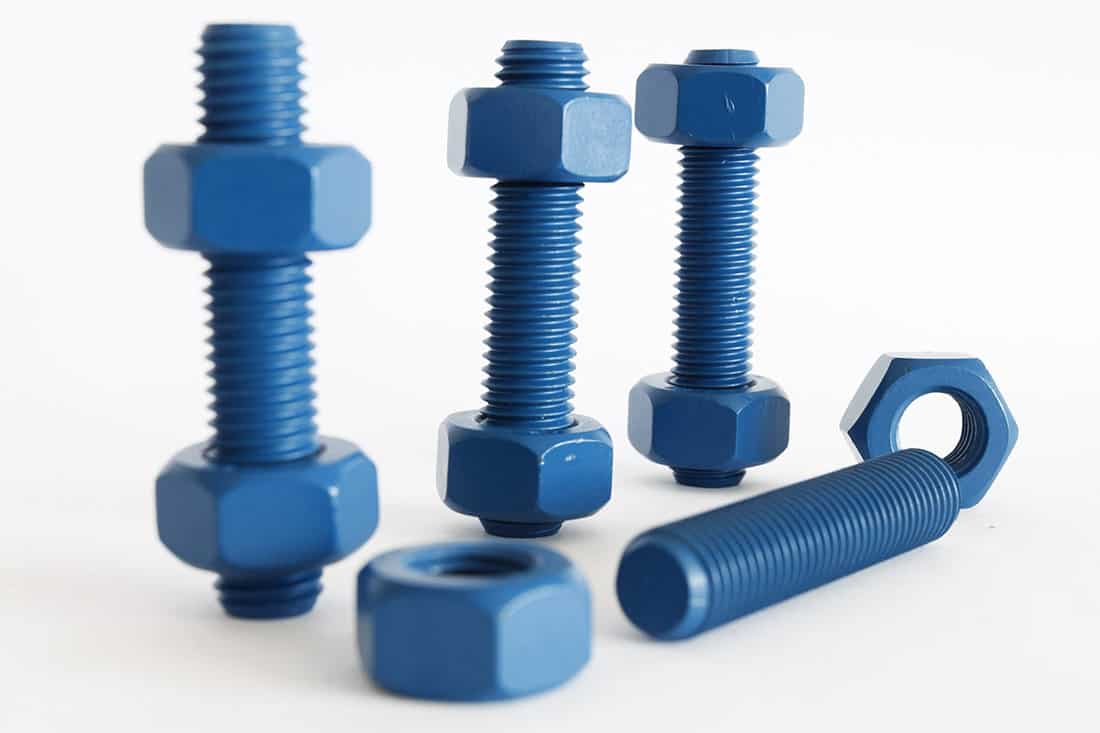
A fully threaded stud bolt or a continuous threaded stud bolt has a continuous thread throughout the length of its body.
Tap End Stud Bolts
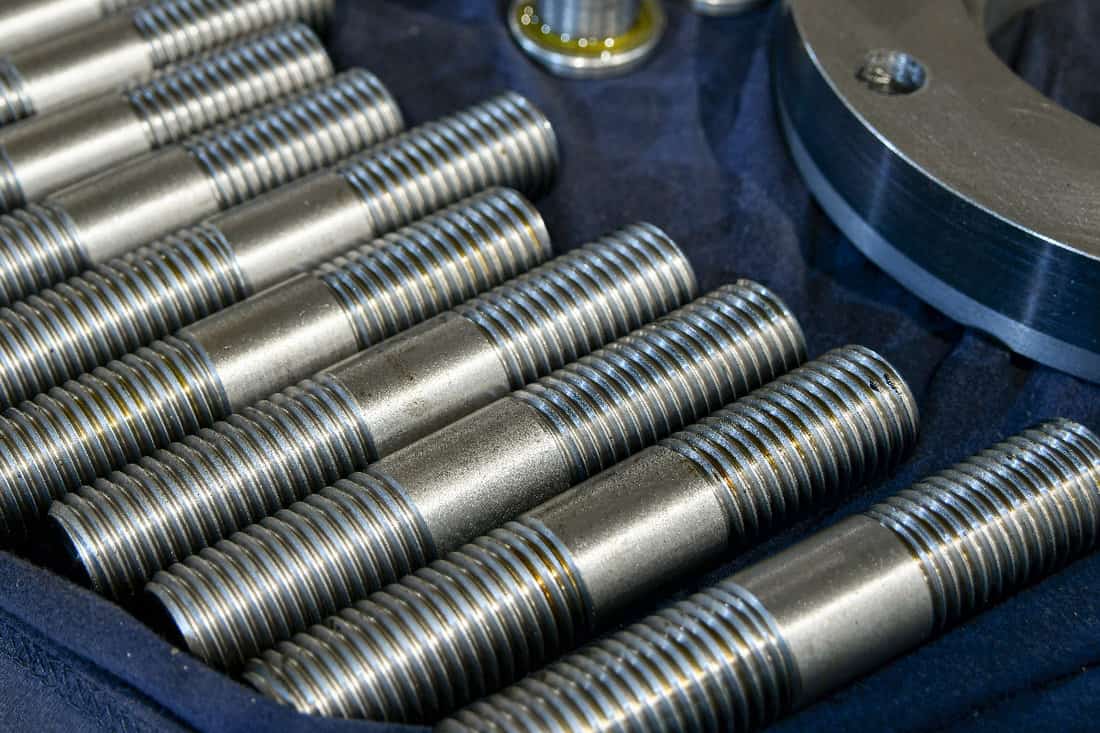
This type of stud bolt has threads on both ends of the rod. The center of the bolt does not have any thread, however. Moreover, the threads on both ends have unequal lengths or sizes.
Double-End Stud Bolts
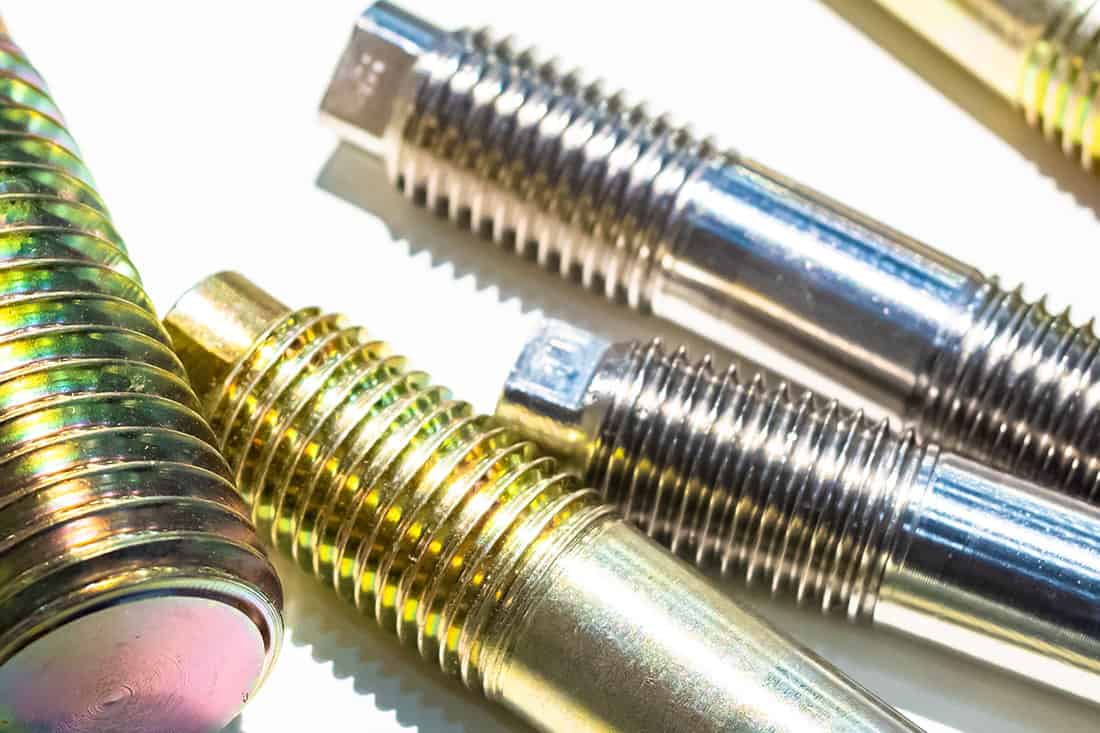
This stud is similar to a tap end stud bolt because both of its ends are threaded, and the center of the cylinder is unthreaded. The difference between the two is that the threaded ends of a double-end stud bolt have equal threads, while a tap end stud doesn’t.
Flange Stud Bolts
This is a type of stud that has threads throughout its length—just like a fully threaded stud. The difference between the two is that one end of a flange stud is chamfered, which is ideal for flanged connections.
Double-End Stud Bolt
A double-end stud bolt is a type of stud bolt that has a characteristic center area that is smaller in diameter than the diameter of the rest of the rod. Both ends of the stud have threads as normal. The threads on both ends can be the same or not.
How to remove a stud using an impact stud extractor?
A stud extractor is a tool to remove studs or broken screws. It can grip the stud or broken screw tightly to remove it without damaging any of the surrounding material or holes. You then use a wrench to grip the opposite end of the stud extractor to remove the stud.
Newer stud extractors are also known as impact stud extractors because you can use an impact drill or an impact wrench to provide them with the necessary force to remove the stud or broken screw.
Here are the complete steps to remove a stud using an impact stud extractor.
- Pick the stud extractor tip that can accommodate the size of the stud.
- Loosen the jaw tip of the stud extractor.
- Insert the stud into the jaw tip of the stud extractor.
- Tighten the jaw tip of the stud extractor until it tightly grips the stud.
- Loosen the impact driver bit.
- Insert the opposite end of the stud extractor into the impact wrench.
- Tighten the impact driver bit to secure the connection.
- Switch the drill or impact wrench into reverse.
- Run the drill or impact wrench to get the stud out.
-
- Revert the direction of the impact drill or impact wrench to normal if you’re installing the stud.
The ARES 70016 Damaged Bolt and Stud Extractor Tool is available on Amazon through this link.
Alternative Way Of Using An Standard Stud Extractor To Remove A Stud
- Follow Steps 1 to 4 of the “How to remove a stud using a stud extractor?”
- Get a socket and a wrench that will fit into the opposite end of the stud extractor.
- Use the wrench to loosen the stud until you remove it.
-
- Rotate the wrench in the opposite direction to install the stud after you tighten the jaw tip on the stud.
EPAuto Click Wrench is available on Amazon through this link.
How to remove a stud using a stud remover?
A stud remover is another tool that you can use for removing or installing a stud—although its name only says “remover.”
It looks like a broad cylinder with two holes—one smaller than the other.
The bottom of the tool has a pivoting gear, while the top has a non-removable socket connector.
It can feel a little out of balance when you use a wrench to loosen the stud. The wrench will revolve around the hole that grips the stud as you loosen or tighten the stud instead of rotating in place.
Here is the set of steps that you should follow to remove a stud using a stud remover.
- Match the size of the stud with the two holes of the stud remover. Pick the one with a diameter that is closer to the diameter of the stud that you are planning to remove.
- Insert the stud into your chosen hole.
- Rotate the socket connector to rotate the gear under the stud remover. Rotate it clockwise if you’re going to install the stud. Rotate it counterclockwise if you’re going to remove the stud. The teeth of the gear will grip the stud when you tighten the rotation.
- Connect a ratchet and rotate the stud remover until you get the stud out. Rotate it in the same direction that you rotated it to tighten the gear’s teeth on the stud.
-
- You can also use the stud remover to install the stud. Rotate the socket connector clockwise until the gear grips the stud firmly.
- Next, rotate the ratchet clockwise to install the stud.
Spurtar Stud Remover is available on Amazon through this link.
How to remove a stud using a stud extractor socket?
A stud extractor socket or a stud puller normally comes in a set of sockets of different sizes. The most common sizes are six, eight, ten, and twelve mm.
One side of the extractor has a hole where you will insert the stud. Inside the hole is an internal cam that will grip the stud as you rotate the socket. The harder you rotate to remove the stud, the harder the cam will grip the stud.
Here are the simple steps to remove a stud using a stud extractor socket.
- Pick the stud extractor socket that has a diameter that is closest to the diameter of the stud.
- Insert the stud into the stud extractor socket.
- Connect a ratchet to the opposite end of the stud extractor socket.
- Turn the ratchet until you loosen the stud. Keep turning the stud until you remove it.
-
- Tighten the stud the same way. Rotate the ratchet in the opposite direction to tighten the stud.
Sunex 8804m Stud Puller is available on Amazon through this link.
How to remove a stud using two nuts?
This method requires the use of two nuts that have the same size. The stud should fit securely into the two nuts. If the stud doesn’t fit—the stud is too loose—then stop and look for two nuts that will fit.
Moreover, the thread on the stud should be in good condition. The nuts should be able to secure themselves on the thread of the stud.
If the thread of the stud is no longer in good condition, pick another method above to remove the stud. The condition of the thread of the stud is important so that the two nuts will be able to grip the stud.
Here are the steps to remove the studs using the two-nut technique.
- Insert the first nut into the stud. Install it up to at least an inch from the tip of the stud.
- Insert the second nut until it reaches the first nut.
- Use two ratchet wrenches of similar sizes to tighten both nuts towards each other. Tighten the first nut upward while you tighten the second nut downward at the same time.
- Use a wrench to rotate the first nut counterclockwise to loosen the stud. Keep rotating the nut until you get the stud out.
-
- You can use the same method to tighten the stud by rotating the second nut clockwise using the same wrench.
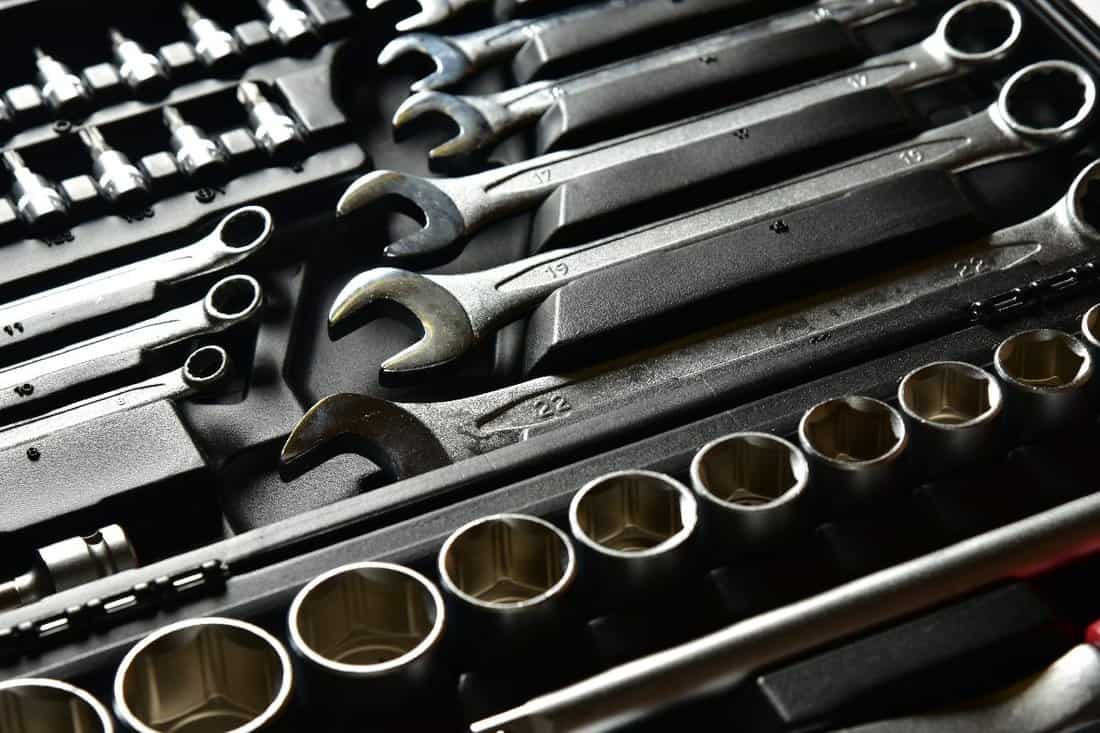
The JAEGER 24-piece Ratcheting Wrench Set is available on Amazon through this link.
Conclusion
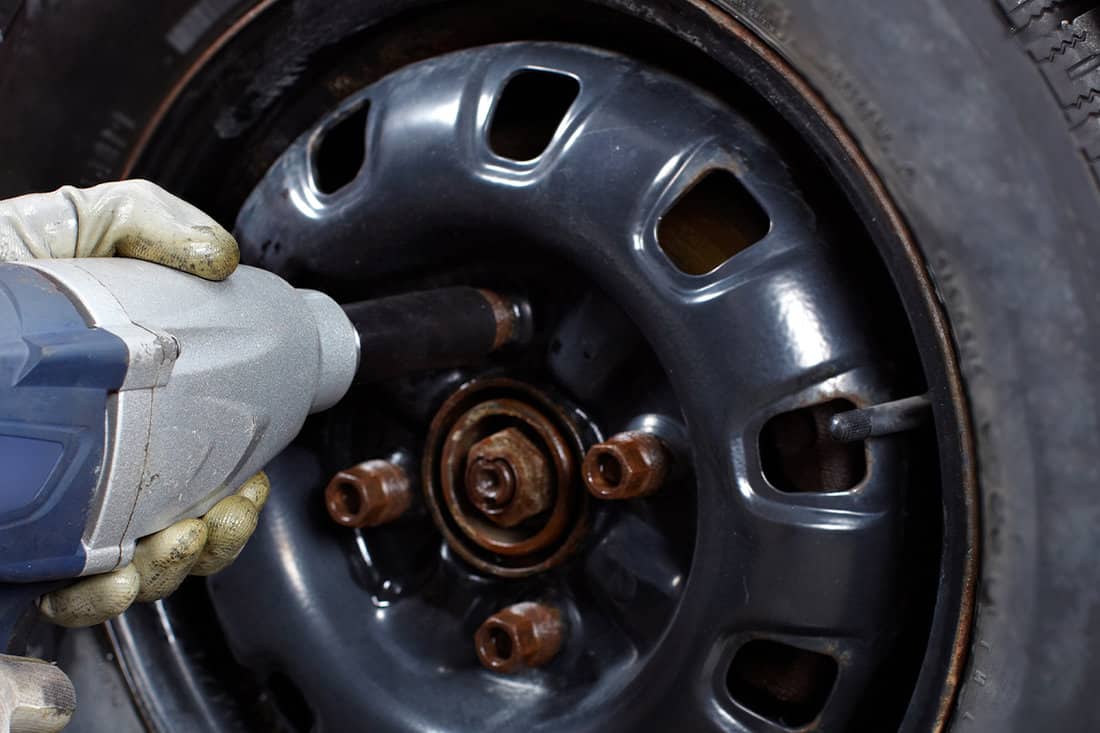
There are many stud extractors to remove or install studs in machinery and engines. Pick one that is convenient and easy for you to use.
If you enjoyed reading this article, you might find the articles below equally enjoyable to read:
Should Outlet Covers Match Wall, Trim, Or Maybe Backsplash?
Do Blinds Need Drywall Anchors? –Tips For Secure Attachment That Lasts








